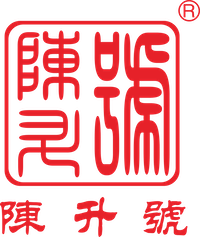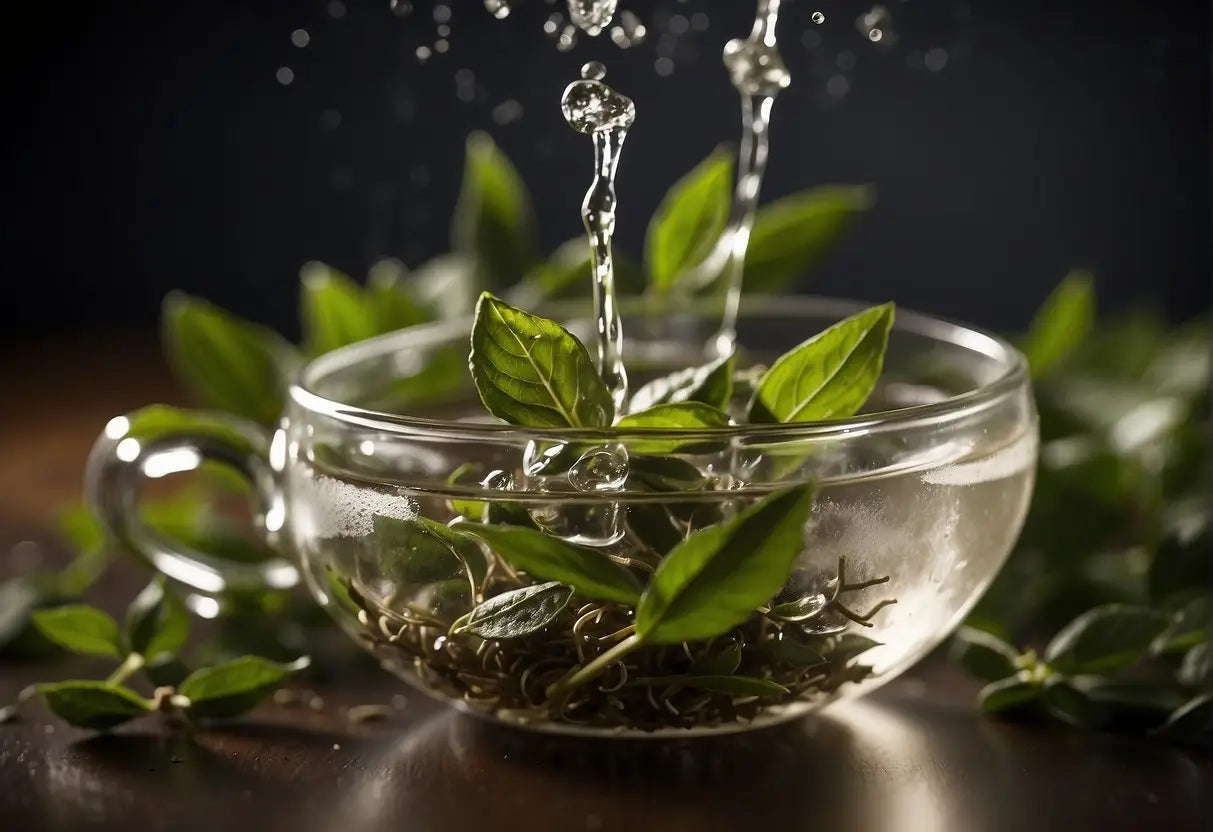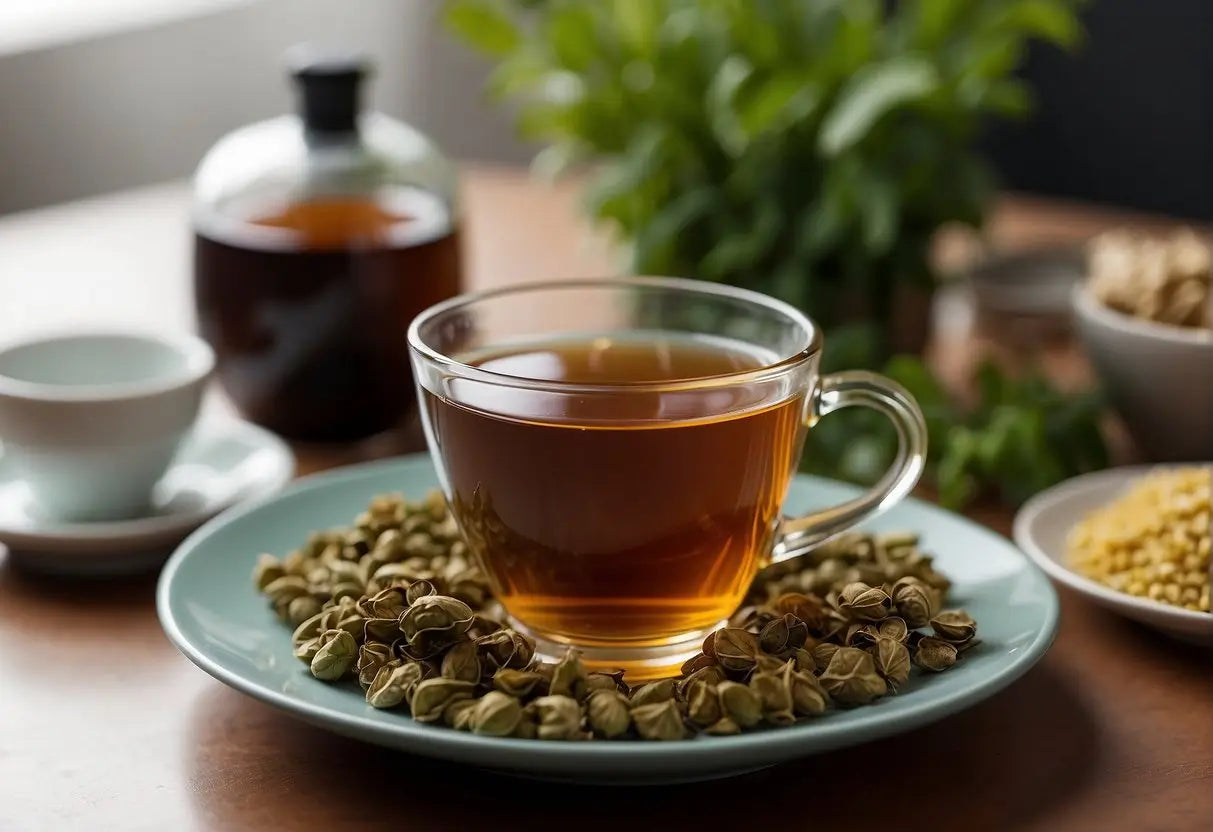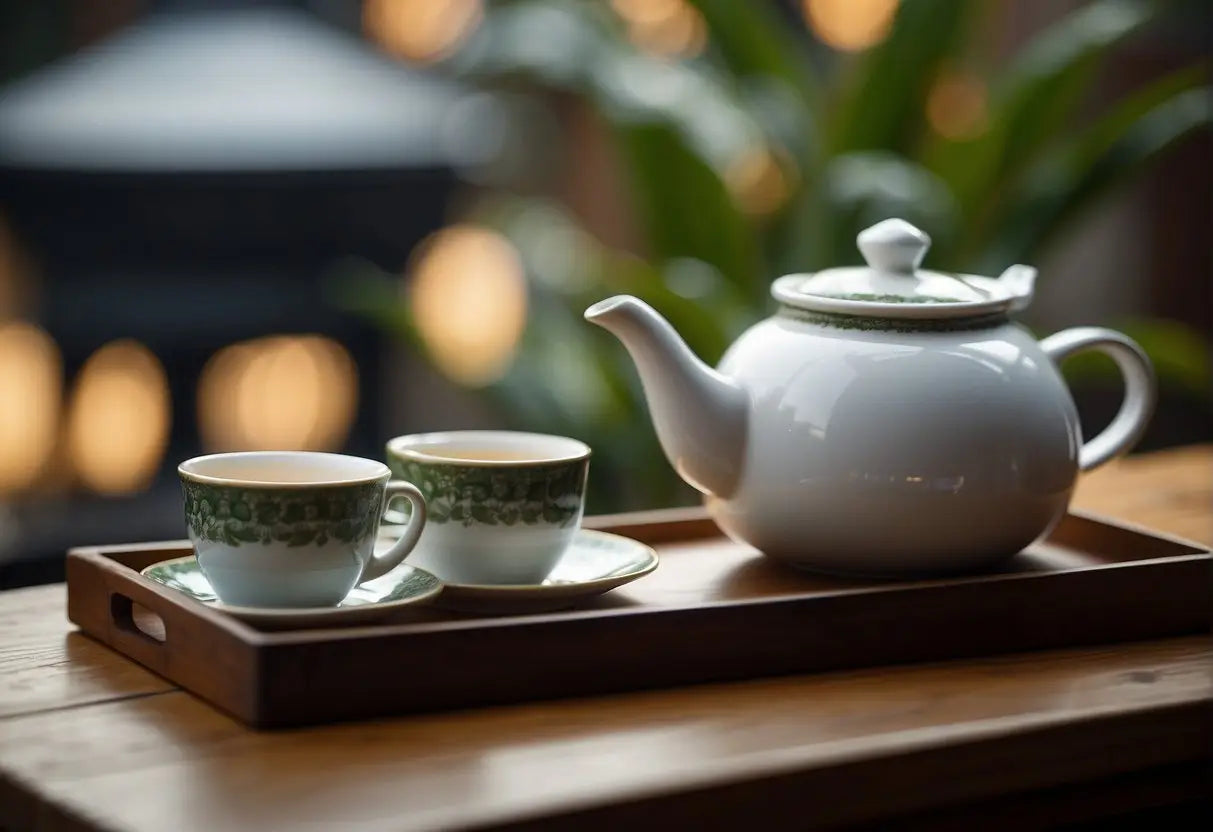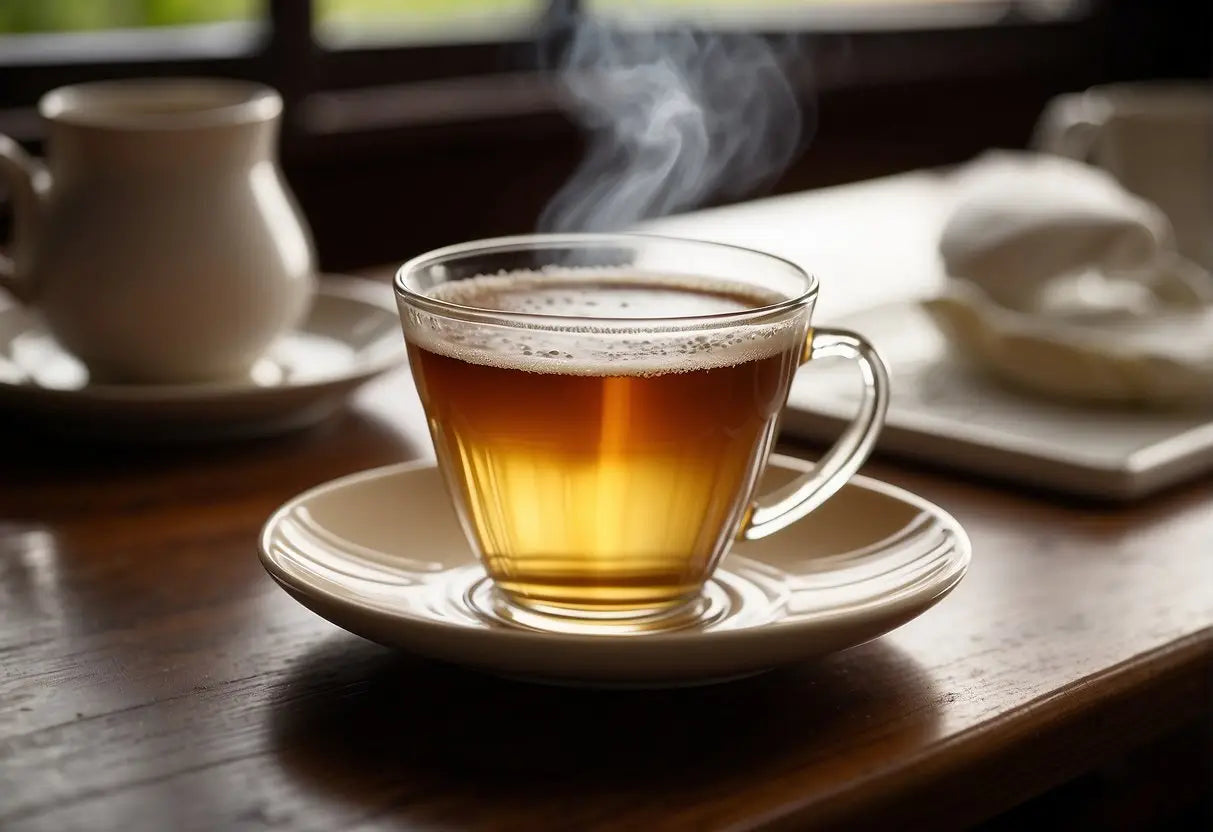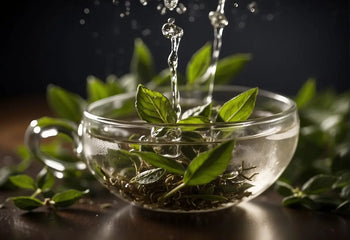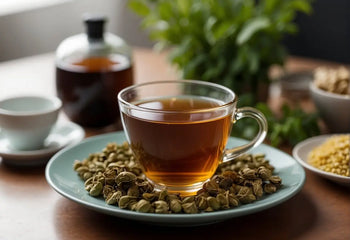How to Decaffeinate Tea
Decaffeination removes caffeine from tea leaves while striving to maintain their flavor and health benefits. What Is Decaffeination? Decaffeination is the process of removing caffeine from tea leaves. Caffeine is a natural stimulant found in various plants, including tea. Your objective in decaffeination is to lower caffeine content without significantly affecting the taste or health properties of the tea. Decaffeination Methods There are several decaffeination methods, each with its own impact on the tea's flavor and chemical composition. These methods include: Water Process: Tea leaves are soaked in water to extract caffeine. The water is then treated to remove the...
What Tea is Good for Iron Deficiency
Shop our Pu Erh Tea collections! Iron plays a critical role in your body, and specific teas can impact iron absorption. Understanding this relationship is key to managing iron levels effectively. Importance of Iron in the Body Iron is a vital mineral for your body, required for producing hemoglobin, a protein in your red blood cells that carries oxygen to your tissues. Without adequate iron, your body cannot create enough healthy oxygen-carrying red blood cells, leading to potential fatigue and weakened immunity. Check out our Sheng pu erh tea collection and Ripe pu erh tea collection. Effects of Iron Deficiency...
How to Brew Oolong Tea
Oolong tea, a traditional Chinese tea, falls between green and black tea regarding oxidation. You'll find that it's partially oxidized, which confers a distinct flavor complexity ranging from floral to smoky. Oxidation: Green Tea: 0-20% Oolong Tea: 20-80% Black Tea: 100% While brewing, pay attention to the leaves. Whole-leaf oolongs often unfurl and expand significantly, offering multiple infusions from the same leaves. They are typically hand-rolled into various shapes, such as tight balls or long curly leaves. Regions: Notably produced in China, each region imparts its signature terroir to the tea. Main Producing Regions Notable Varieties Fujian, China Tieguanyin Guangdong,...
What Tea Has No Caffeine
When you're selecting a tea without caffeine, you're typically looking at two categories: herbal teas and decaffeinated teas. Herbal Teas: These are not true teas as they don't come from the Camellia sinensis plant, which is the source of traditional teas like black, green, and oolong teas that contain caffeine. Instead, herbal teas are infusions made from a variety of plants, herbs, and spices. Below are some popular caffeine-free herbal tea options: Peppermint: Known for its refreshing and digestive properties. Chamomile: Often used for its calming effects, especially before bedtime. Rooibos: A red tea from South Africa which is naturally...
Recent articles
